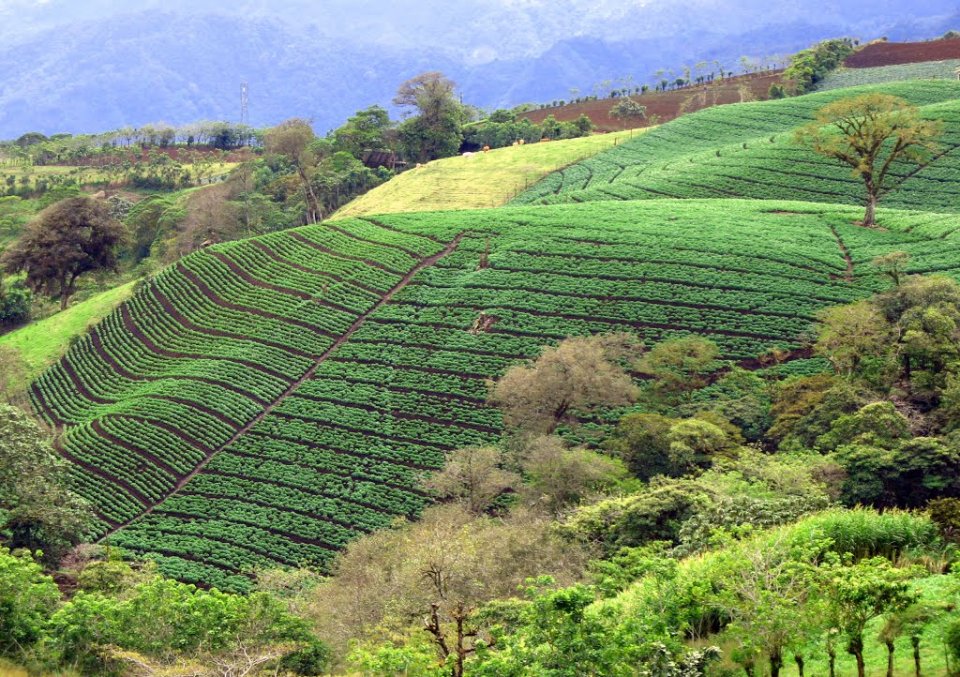
A pioneer national PES scheme has operated in Costa Rica since 1996- It considers four forest ES that have dominated PES schemes worldwide: biodiversity conservation (for global and national benefits), carbon storage (for global climate change mitigation), hydrological services (for downstream human consumption, irrigation and hydropower production), and scenic beauty (for ecotourism and recreation). Eligible land uses for PES are natural forest, plantation and agroforestry.
We mapped ecosystem services at different scales in Costa Rica and analyzed the spatial congruence and tradeoffs between biodiversity and several services, by considering the biophysical potential of service provision and socioeconomic demand. We also analyzed tradeoffs over time.
In Costa Rica, a pioneer national scheme of payment provides compensation for forest conservation that is assumed to jointly produce services related to biodiversity conservation, carbon storage, water and scenic beauty, but little is known about the spatial correlations among these services. Spatial and temporal tradeoff analysis can contribute to better targeting.
Methods can be applied in other case studies for analyzing the spatial distribution and temporal evolution of ecosystem services. A discussion is made on three approaches to mapping ecosystem services values, depending on whether supply and demand are spatially explicit and how service flows are assessed from where they are produced to where they are used (http://doi.org/10.1017/S0376892913000234).
Biodiversity hotspots have the highest co-benefits for other services, while carbon hotspots have the lowest. This finding calls for cautiousness in relation to expectations that carbon initiatives such as REDD+ automatically maximize co-benefits for biodiversity and local ecosystem services.
